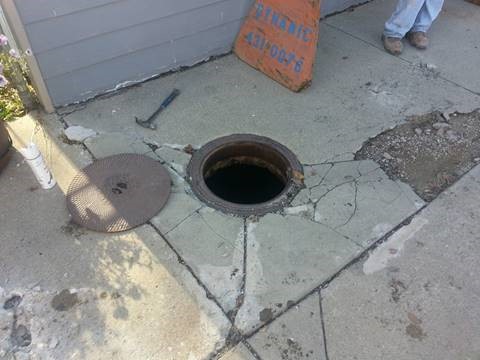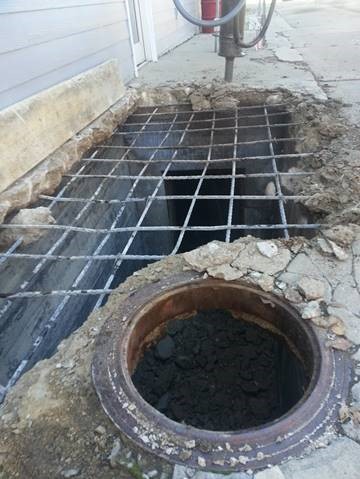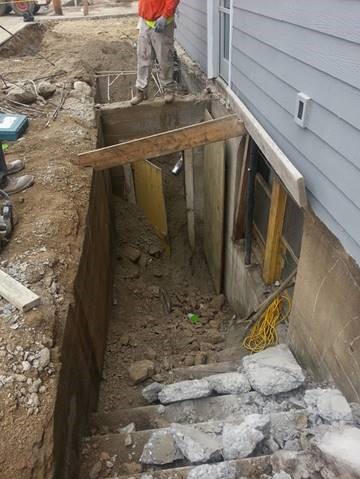


Handling the Unexpected
Monday, October 14, 2019A few years ago, I had the opportunity to oversee a simple sidewalk project in the downtown of a small town. Nothing particularly noteworthy – just removing the old sidewalk and pouring new. The only challenge expected was how best to keep local businesses open, accessible, and safe while their sidewalks were broken up and removed by heavy machinery. Engineers tend to overanalyze and will occasionally spend more time on something than they should, but this project was straight forward. Until it wasn’t.

There was a manhole in the sidewalk, which is not terribly uncommon or problematic. The concrete is poured around it and we move on. Except that this manhole didn’t open to a sewer, watermain or even electrical wiring. Instead, without ladder or stairs, it led to an open pit – an unused, boarded-up basement room of the adjacent building. People had been walking over it for decades without knowing. Inside the building, behind boards and a bookshelf(!) was a door and even a set of windows leading under the sidewalk. Some 100 years ago, stairs led down from the street so tenants could easily bring in coal and other supplies. And believe it or not, the complications didn’t end there. At some point over the previous 100 years, the original brick building façade was largely removed, and a new wood frame and siding façade was constructed – and supported by the sidewalk, with nothing underneath.


These types of projects are why it’s important to facilitate trust between a client, engineer and contractor. Working together with Village trustees, the Village building inspector, and the contractor, a plan was formulated to support the building façade, frame and pour concrete in the doorway and window, fill the basement with stone, and finish the original project of pouring new sidewalk. Of vital importance was agreeing how to measure payment to the contractor and schedule the work for completion before work started.
Unexpected things happen. Jobsite conditions change. Unmarked utilities, ROW issues, unknown drainage problems, bad soils, and, yes, even phantom basements will be encountered. Sometimes, those will derail a project, leading to high costs, missed deadlines, and angry clients. But, when handled correctly, in an environment of trust, unexpected problems can lead to a surprising success.

Jeff Snape
Jeff Snape, PE, LEED AP is a LEED Certified PE who manages multiple projects with IDOT and various municipalities as well as individual clients with specialty needs.